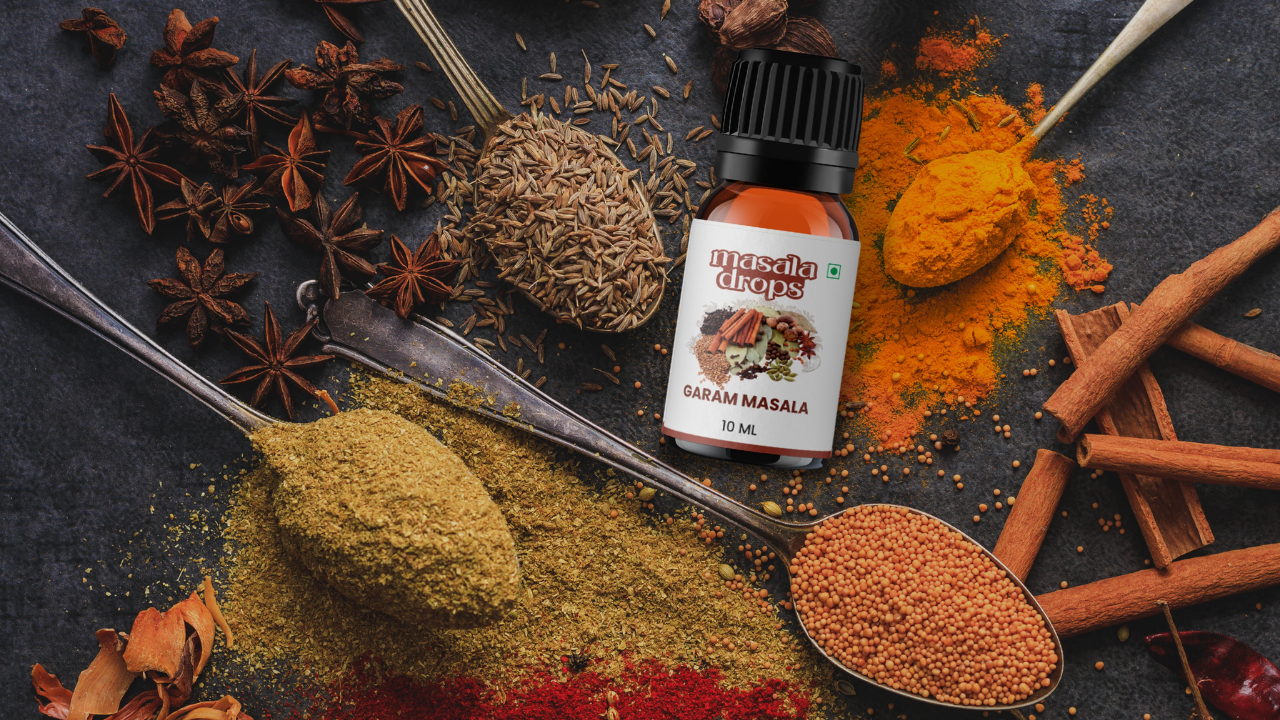The Rich History of Garam Masala in Indian Cuisine
Indian cuisine is a tapestry of flavors, aromas, and textures that has captivated the senses of food enthusiasts around the world. At the heart of this culinary masterpiece lies a blend of spices known as “Garam Masala.” This aromatic concoction is not just a simple spice mix; it’s a reflection of India’s rich history, diverse culture, and culinary heritage that has been evolving over centuries.
Unveiling the Origins
The term “Garam Masala” translates to “hot spices” in English, but its significance goes beyond just heat. It’s a harmonious blend of various aromatic spices that come together to create a symphony of flavors. The history of Garam Masala is deeply intertwined with the historical spice trade that shaped India’s connection with the rest of the world.
Ancient Roots
Garam Masala’s origins can be traced back to ancient India, where spices were not only used for culinary purposes but also held cultural, medicinal, and religious significance. In those times, spices were considered precious commodities, often used as trade currency. The blend of spices that we know as Garam Masala today might have been used differently in different regions and communities, making it a reflection of India’s diverse culinary landscape.
A Blend of Traditions
One of the most fascinating aspects of Garam Masala is how its composition can vary from one region to another. Each region and community has its unique take on this spice blend, adding their own selection of spices to create a signature flavor profile. For instance, the Garam Masala of North India might contain spices like cinnamon, cloves, and cardamom, while the South Indian version might include more peppercorns and nutmeg.
Culinary Alchemy
The creation of Garam Masala involves a careful balance of spices, each chosen for its unique flavor and aroma. Some of the key spices that find their way into this blend include cinnamon, cardamom, cloves, cumin, coriander, and nutmeg. These spices are often toasted before being ground into a fine powder, which enhances their aromatic properties and deepens their flavors. The result is a blend that’s both aromatic and versatile, adding depth to a wide range of dishes.
Beyond the Palate
Garam Masala isn’t just a culinary superstar; it also boasts medicinal properties that have been cherished in traditional Indian medicine, Ayurveda. Many of the spices used in Garam Masala are believed to have digestive and anti-inflammatory benefits. This blend of spices is not only about tantalizing the taste buds but also about nurturing the body and soul.
Garam Masala in Modern Times
As Indian cuisine spread its wings across the globe, Garam Masala also found its way into international kitchens. Today, you’ll find it not only in traditional Indian recipes but also in fusion dishes that celebrate its rich and complex flavor profile. Chefs and home cooks alike experiment with Garam Masala to elevate their dishes, creating a symphony of flavors that transcend cultural boundaries.
Preserving Tradition
In a world that’s becoming increasingly fast-paced, the art of making Garam Masala from scratch is a nod to tradition and a labor of love. Many households in India still take pride in grinding their own blend of Garam Masala, each with their secret ratios and techniques passed down through generations.
Conclusion
Garam Masala is not just a spice blend; it’s a testament to India’s vibrant history, cultural diversity, and culinary prowess. From ancient trade routes to modern kitchens, this aromatic concoction has stood the test of time, captivating hearts and taste buds along the way. So, the next time you savor a dish infused with the warmth of Garam Masala, remember that you’re not just tasting a spice mix – you’re experiencing a journey through India’s rich past and flavorful present.

